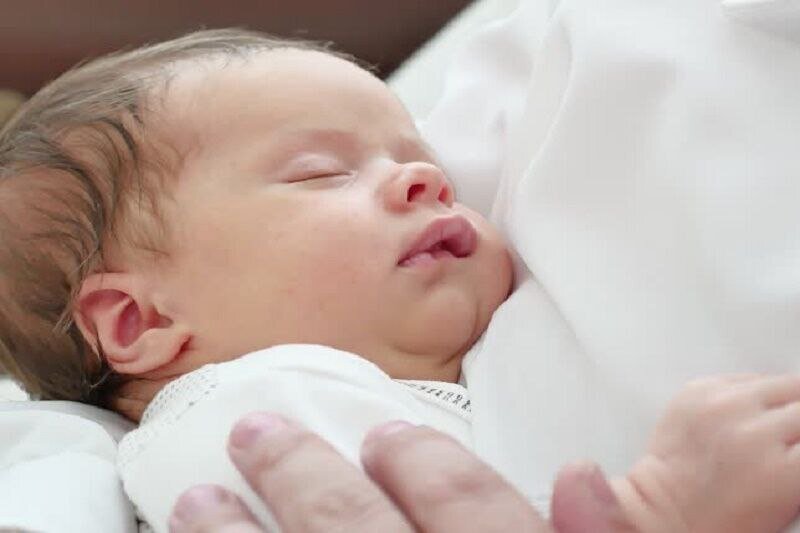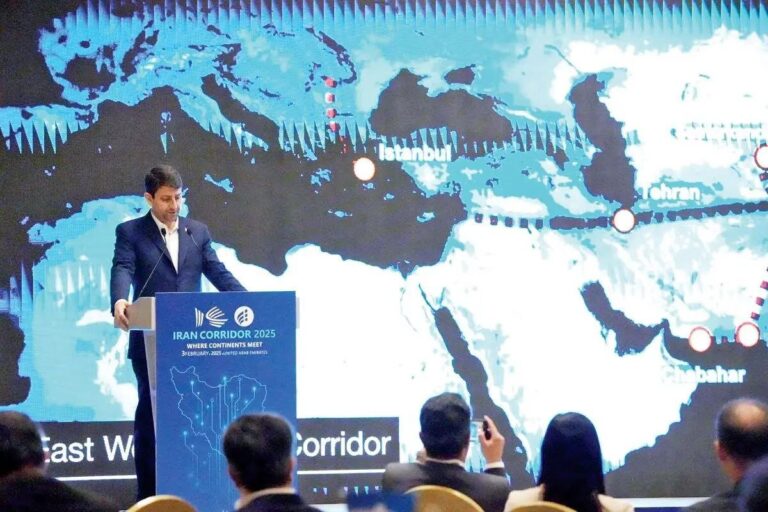Report Reveals Average Age of First-Time Mothers in Iran Hits 27.5 Years
In recent reports, it has been revealed that the average age of women in Iran giving birth to their first child has reached 27.5 years. This data, provided by the National Organization for Civil Registration, highlights important trends in reproductive behavior across the country. Understanding the demographics related to parenthood can provide insights into societal changes and birth rates in Iran.
The report indicates that the average age for men becoming fathers is slightly higher, at 32.3 years. Furthermore, there are noticeable differences based on urban and rural settings:
- First-time mothers in urban areas: 28.2 years
- First-time mothers in rural areas: 24.4 years
- First-time fathers in urban areas: 32.8 years
- First-time fathers in rural areas: 30 years
Interestingly, the average ages also vary significantly by region. For instance, in Tehran, the average age of first-time mothers is 30.6 years, while in Sistan-Baluchestan, it drops to just 22.6 years for mothers and 27.2 years for fathers.
One of the key factors influencing these trends is the enactment of the youth population law, which aims to stabilize the total fertility rate. Following seven years of decline, the fertility rate has shown signs of stabilization, with an increase in the general fertility index observed over the past two years. Specifically, the fertility rate has stabilized at around 1.6 children per woman.
This change comes after a significant drop in the total fertility rate since the Iranian calendar year 1394 (2015-2016). Births in the Iranian year 1402 (2023-2024) saw a reduction to 1.057 million, down from 1.570 million in 1394. However, the downward trend in fertility rates has halted since the Iranian year 1401 (March 2022–March 2023).
The notable decline in fertility rates over the years is illustrated by the following data:
- 1396 (2017-2018): 2.09 children per woman
- 1397 (2018-2019): 1.95 children per woman
- 1398 (2019-2020): 1.74 children per woman
- 1399 (2020-2021): 1.65 children per woman
- 1400 (2021-2022): 1.61 children per woman
Despite the government’s efforts to offer incentives aimed at encouraging childbearing under the youth population law, the expected growth in the youth population has not yet been realized. This situation raises questions about the effectiveness of current policies and the social dynamics at play in Iran.
As these trends continue to evolve, understanding the implications of changing fertility rates and parental ages will be crucial for policymakers. It is essential to address the factors influencing family planning decisions and to create an environment that supports families in their choices.
In summary, the dynamics of parenthood in Iran reflect a complex interplay of cultural, economic, and legislative factors. The average age of first-time parents and the stabilization of fertility rates highlight the ongoing challenges and changes within Iranian society.






